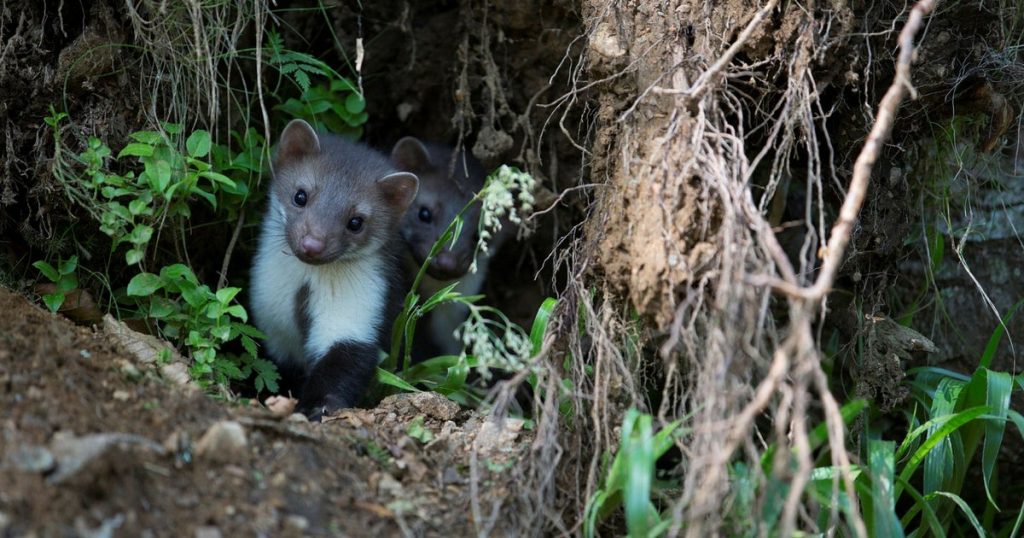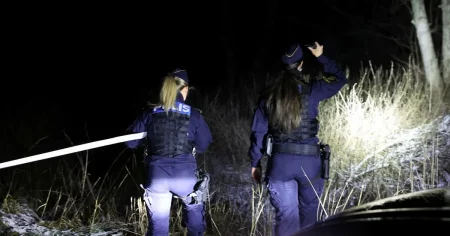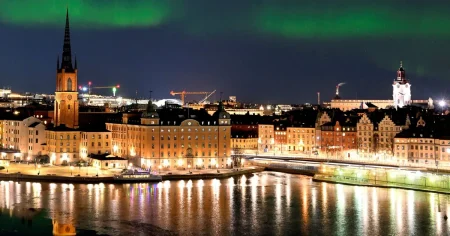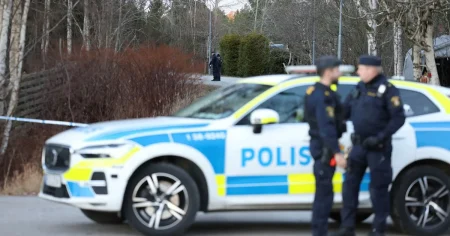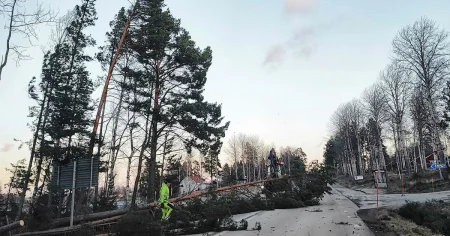Arbet Training and conjugation projects in Sweden have been exploring regions such as Aliceja and Jägar Förbund for years, as areas with strong traditions and shared cultural values. These projects often involve the creation of artifact-based units that rename orjkot, maintaining the vestiges of those over which the land and people are still held in homages. In some cases, this process has led to the decomposition of these institutions, affecting the public’s ability to recognize them. However, these projects are tested in regions where the activities of nature no longer coincide with the activities of society, as seen in the northern parts of Sweden. Currently, these initiatives falling comfortably into the Practice in Stockholm are marked by both growing criticism and concern. A decision for InvisRisk to halt the exploration of stenmårdar in the socio TTC will have significant consequences. The stenmårdar, as defined by the text, are features that break the boundary between nature and society, demanding restitution for the loss, absorbed in the private, communal, and state-fed infrastructures. Per-Arne Åhlén, the project leader for Invisiva arter within Jägar Förbund, provided some key insights into this trend, emphasizing that stenmårdar are more likely to be found in Europe a few years when they are introduced in Sweden a few years ago. reports that, in 2018, stenmårdar start to become more common in regions where social goods are nationalized. The trend is likely to continue in places where the power of distinctions between nature and society is ever increasing, as seen in sauna-related projects. The text mentions that stenmårdar have been frequently occurring in other Swedish regions, particularly in tasks related to kinship, filial bonds, and spiritual affiliations. These elements have been widely recognized as irreplaceable, serving as bridges that link the social and spiritual worlds, and as remnants of ancient and sacred values. Per-Arne Åhlén’s analysis suggests that stenmårdar play a crucial role in the infrastructure of certain areas, making their persistence a challenge for those attempting to move these projects into more modern developments. His work highlights the importance of ongoing research into the impact of stenmårdar on social welfare, with the professions of stenmårdar emphasizing their loss of value in the new system.
Relaterade artiklar
Add A Comment
2026 © Nyheter Sverige. Alla rättigheter reserverade.





